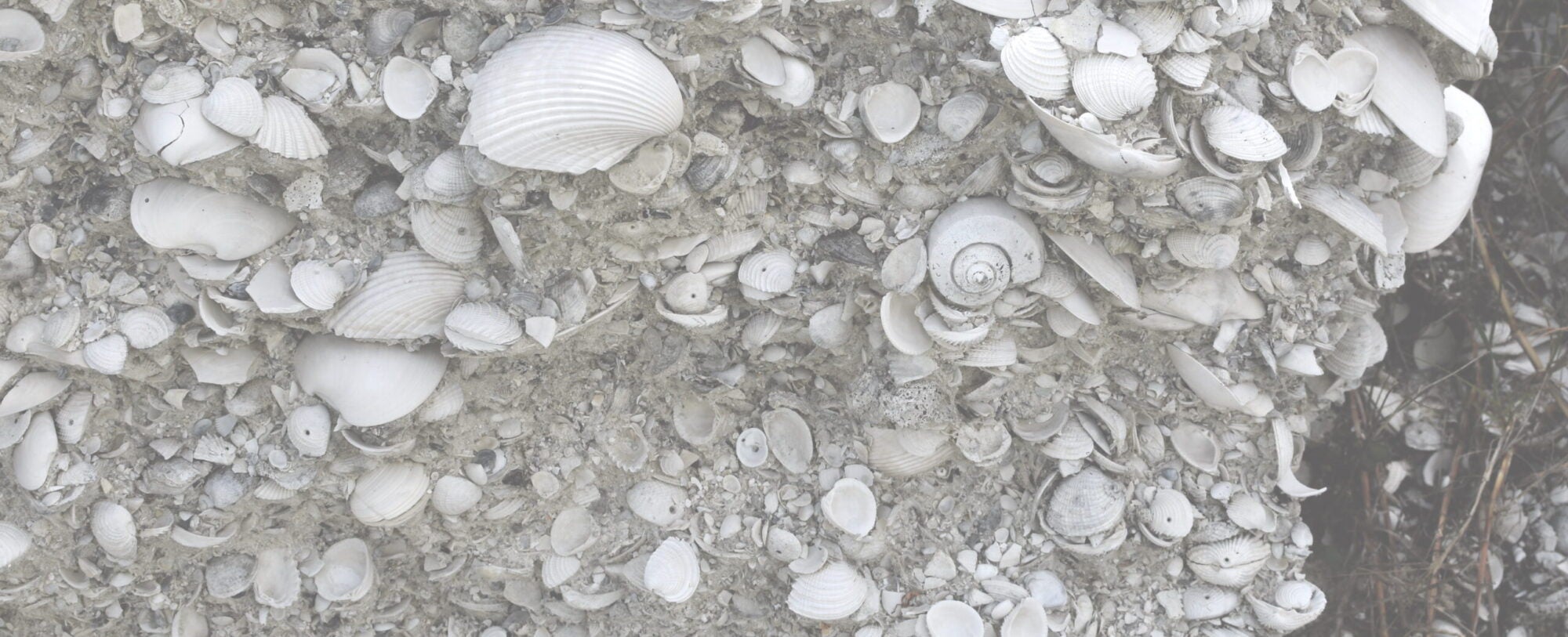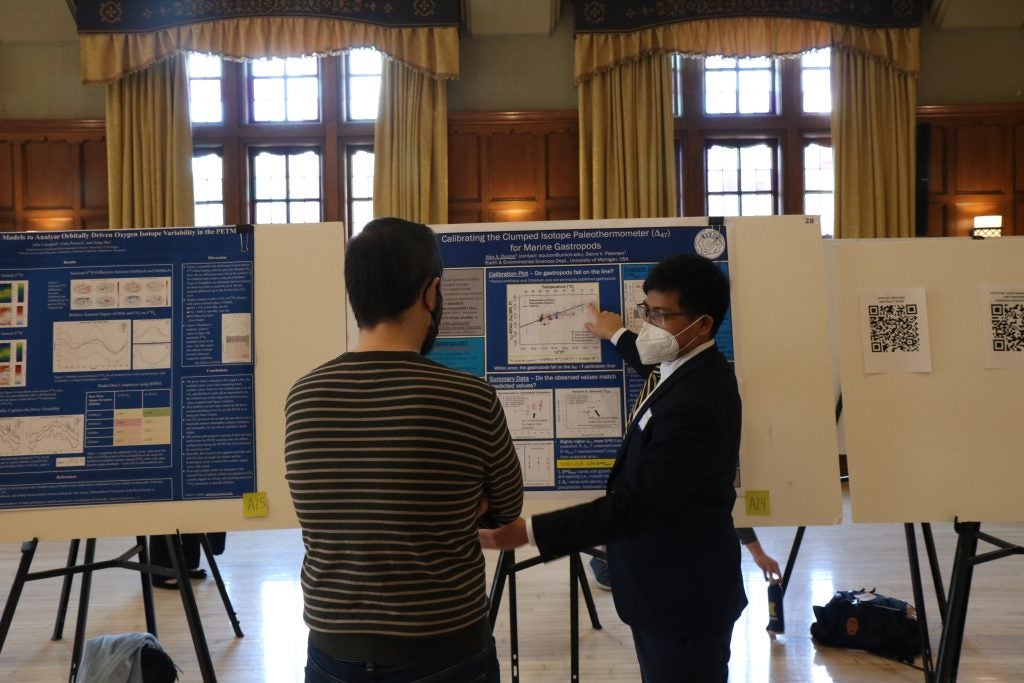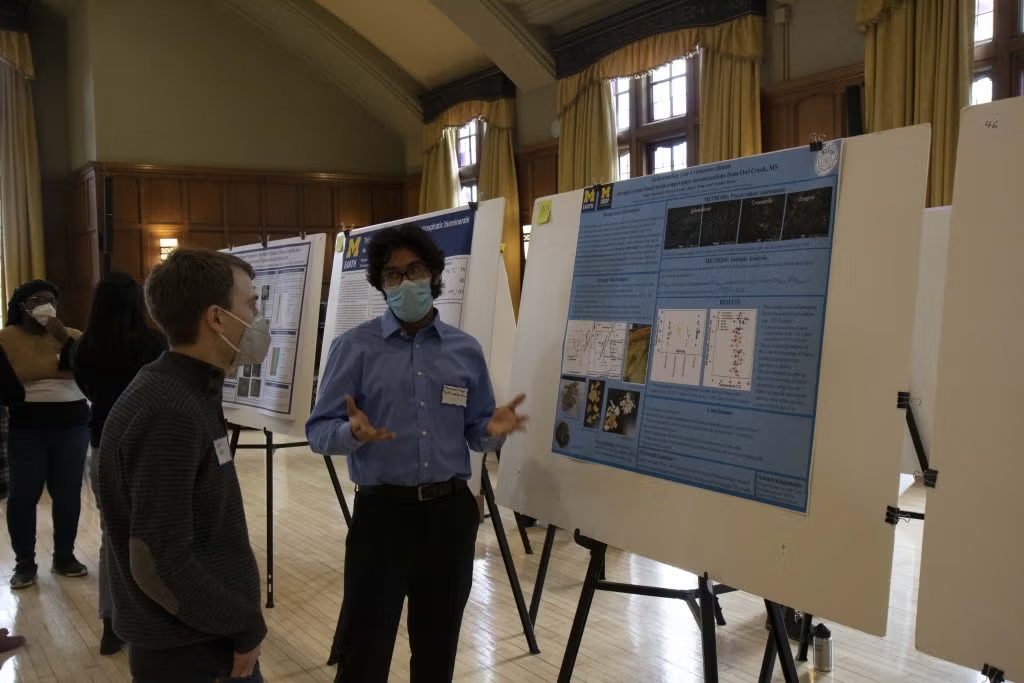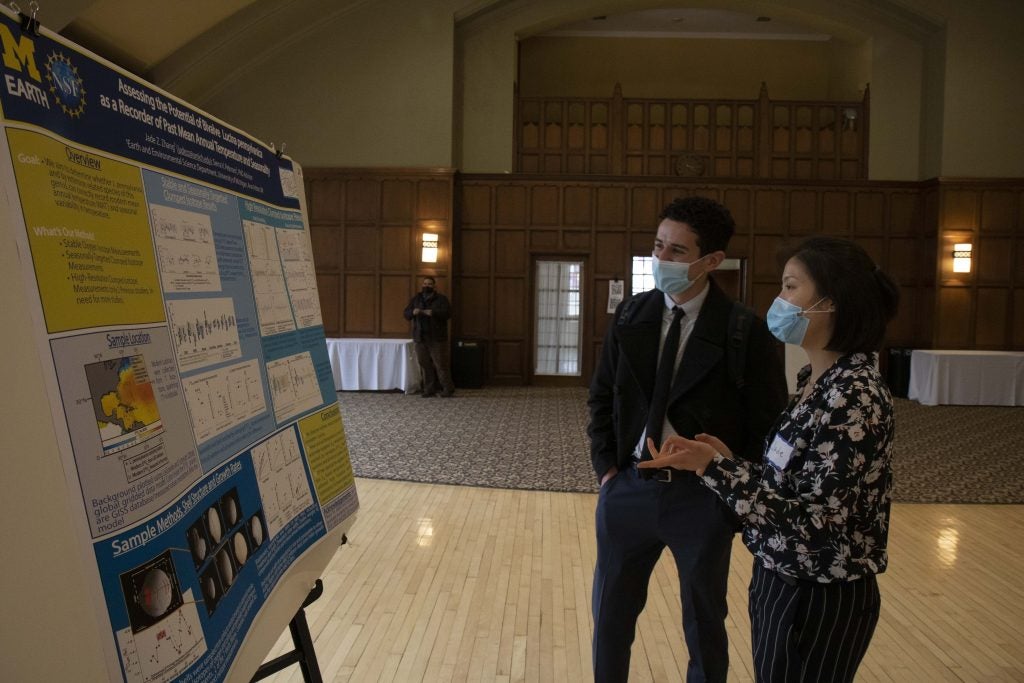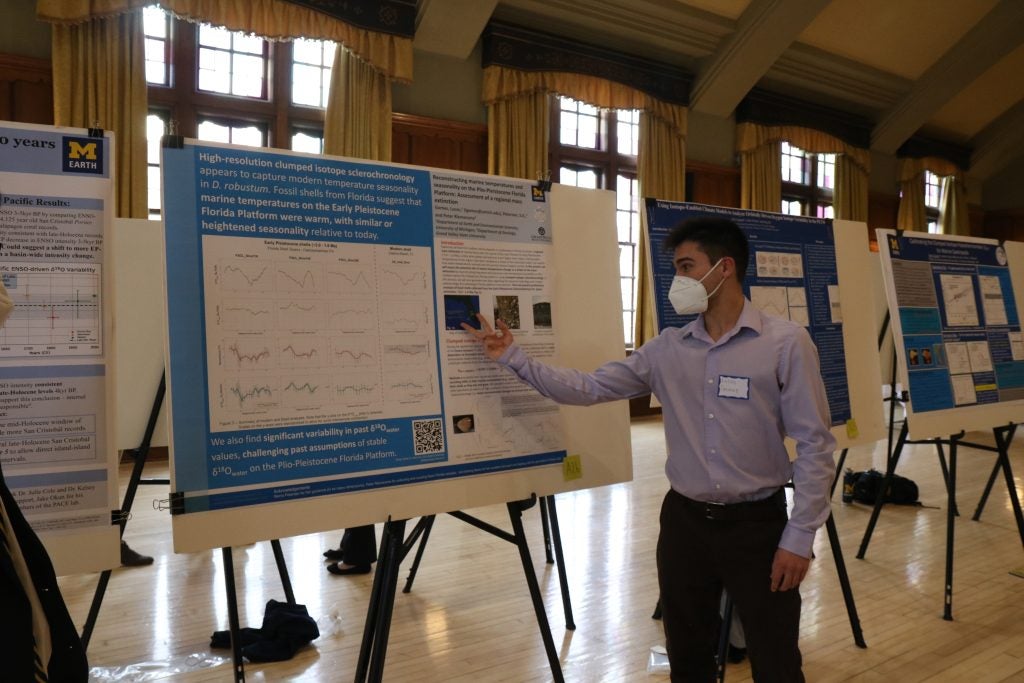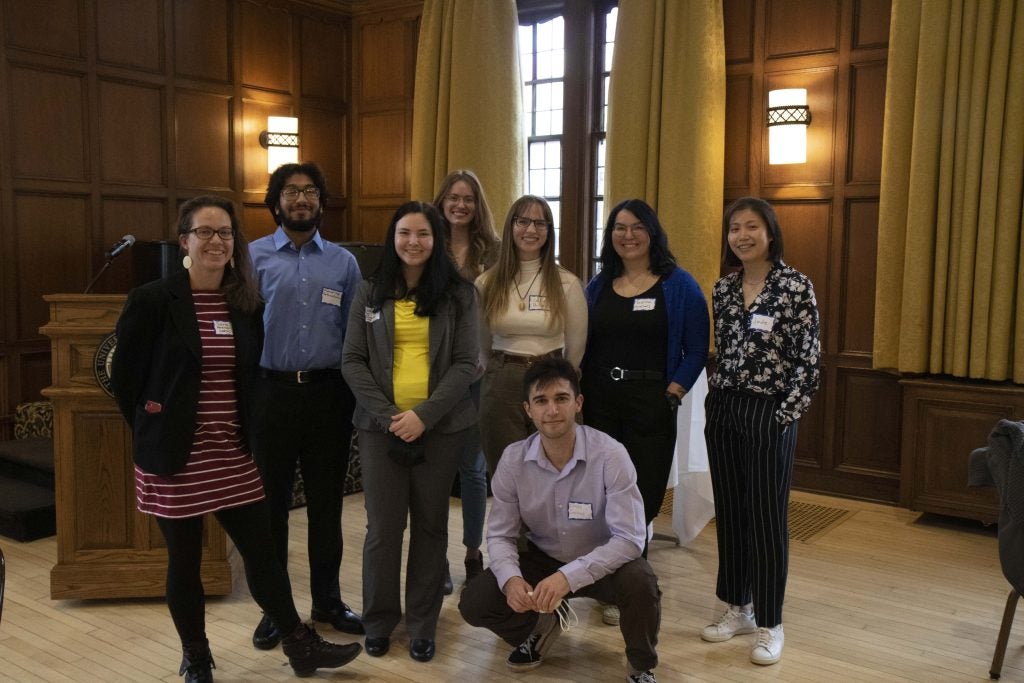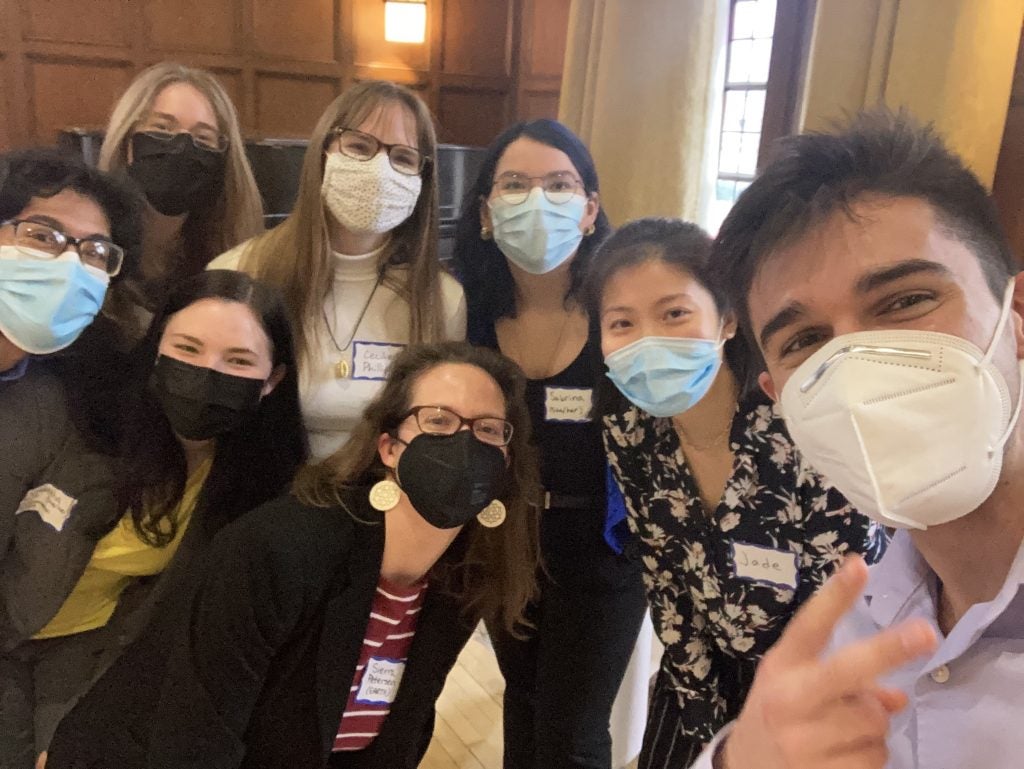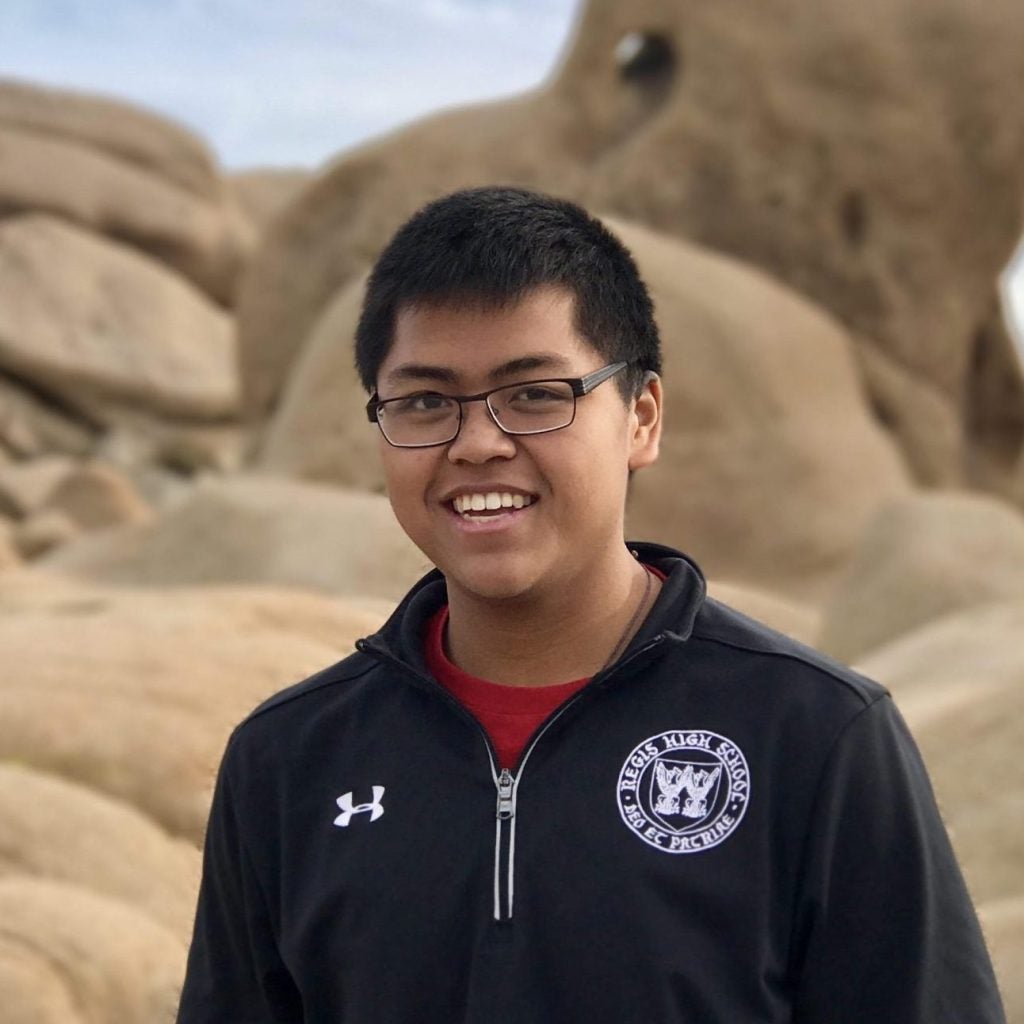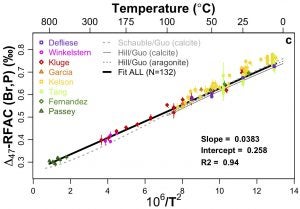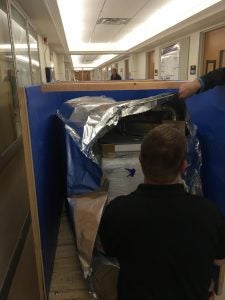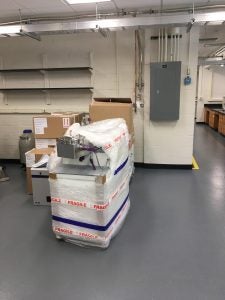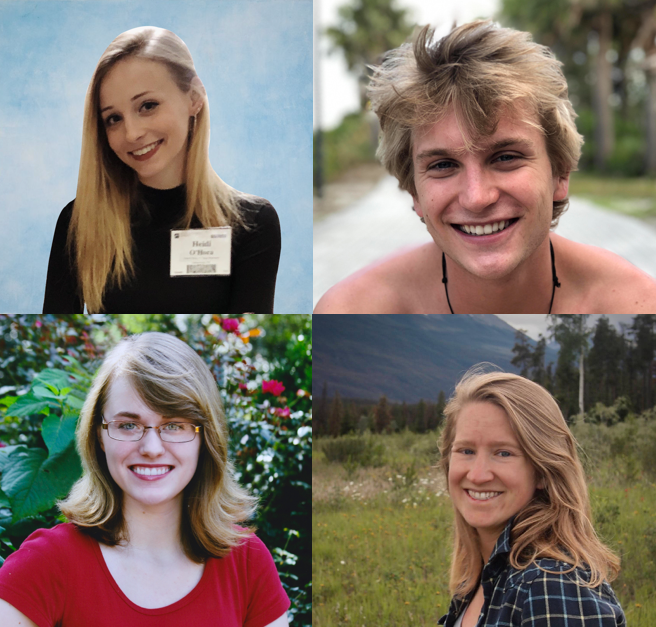A new paper out of the SCIPP Lab investigates isotopic differences between the inner and outer shell layers of bivalve shells. In this paper, PhD student Allison Curley and coauthors show that differences between inner shell layer (ISL) and outer shell layer (OSL) carbonate is conserved within a species but differs between species. We suggest this ISL-OSL difference is a proxy for physiology of the organism – how it grows its shell.
These particular samples represent 6 extinct bivalve species from Seymour Island, Antarctica. Some species show one direction of isotopic offset (d18O and d13C higher in ISL and D47 lower in ISL than OSL), others show the opposite direction offset, and a third group show no difference between the ISL and OSL. Tantalizingly, of the 6 species studied, the two that survive the KPg mass extinction show the largest magnitude offsets, potentially indicating an ability to regulate their internal body chemistry, even in the face of adverse external conditions.
This paper defines a framework for how ISL-OSL differences could be interpreted in other species and opens the door to a wide range of new research directions. Very exciting!
LINK TO PAPER: https://onlinelibrary.wiley.com/doi/full/10.1111/brv.12940

